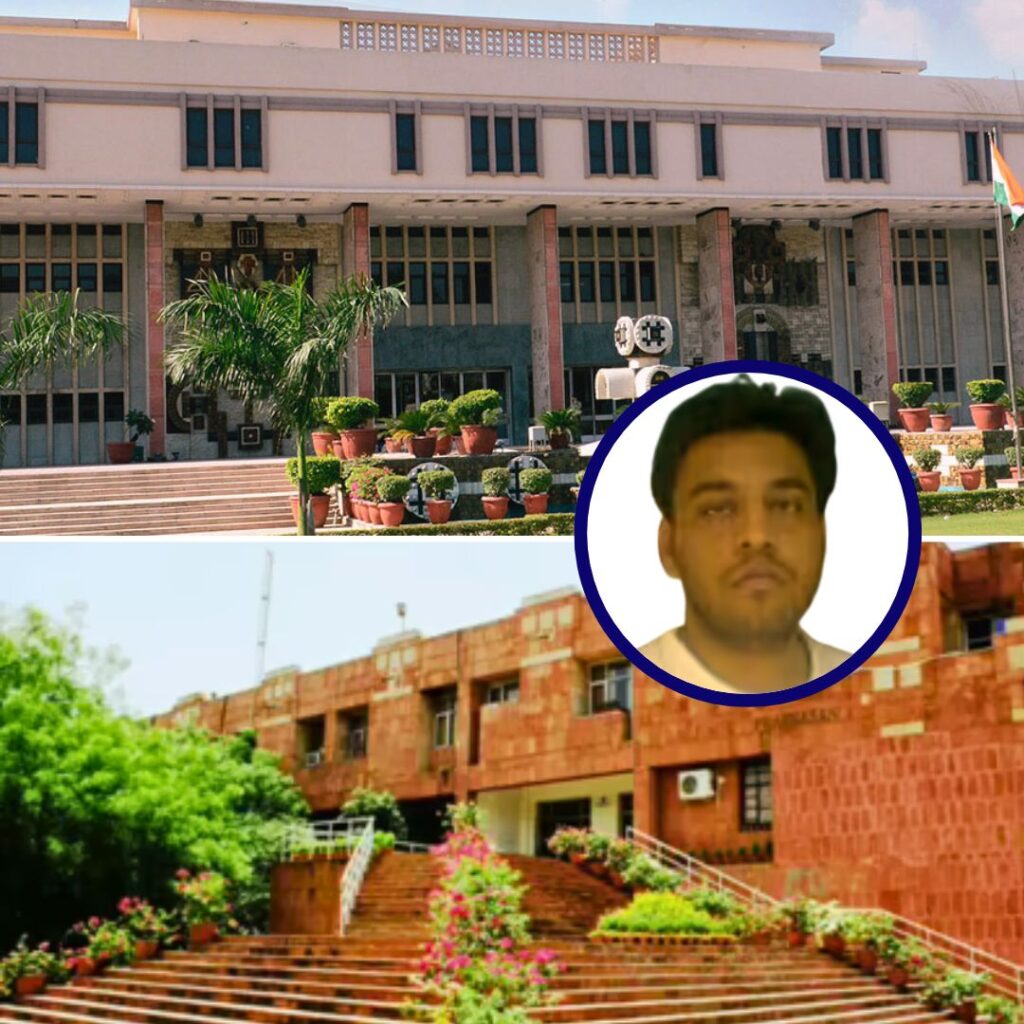July 1 marked the second anniversary of the Goods and Services Tax (GST) in India. In a Facebook post recounting the past two years of the GST, former Union Finance Minister Arun Jaitley called it a “monumental restructuring of one of the world’s clumsiest indirect tax system,” and looked back on the last two years to analyze the “implementation and the impact/ consequences of the GST.”
The Indirect Tax
Talking about the taxation system before GST, Jaitley wrote that earlier the Centre and the State, both were free to impose an indirect tax on goods and services.
This resulted in a cascading effect which meant that the consumer had to pay immense amounts of hidden taxes. For example, in some cases, the entertainment tax being levied by the States was 110%. This acted as a pinch on the consumers’ pockets, which resulted in non-compliance with the complex tax laws.
It was also problematic for the businesses since the assessee “had to file multiple returns, entertain multiple inspectors and additionally face the inefficiency – trucks being stranded at the State boundaries for days altogether,” he wrote.
Calling the indirect taxation “regressive”, Jaitley noted that under its aegis the rich and the poor paid the same tax on various commodities.
He highlighted that the direct tax, which is a “progressive tax”, has ensured that “the more you earn, the more you pay,” thereby reducing inequity among different economic strata of the “Aam Aadmi”.

Wikimedia
The GST Impact
Explaining the broader workings of the GST Jaitley wrote that it “merged…seventeen different laws and created one single taxation.”
In support of the fact that the GST has resulted in higher compliance among businesses, Jaitley stated that “the assessee base in the last two years has increased by 84%. The number of assessees covered by the GST was around 65 lakh. Today, they are at 1.20 crores.”
He drew a comparison between the revenue losses and gains because of the GST implementation. While the reduction in the cost of various commodities resulted in an annual loss of about ₹90,000 Crores, the revenue gain within a year of implementation was almost 10% per month from ₹89,700 crores in 2017-18 to ₹97,100 Crores the next year.
A recent press release by the Ministry of Finance noted that the GST Revenue collection for April 2019 was the highest recorded since GST implementation. The total revenue collected for the month was ₹1,13,865 Crores which is 10% more than the revenue collected on the same month last year.

Wikimedia
The positive impact can be seen through the fact that “already after the second year, twenty States are independently showing more than a 14% increase in their revenues and the compensation fund in their case is not necessary,” highlighted Jaitley.
Talking about the benefit to consumers he wrote, “[The GST] not only checked inflation, but it also ensured that the Aam Aadmi products are not exorbitantly taxed. Illustratively, a Hawai chappal and a Mercedes car cannot be taxed at the same rate.”
“Most items of consumer use have been brought in the 18%, 12% and even 5% category. The Cinema tickets, earlier taxed at 35% to 110%, have been brought down to 12% and 18%. Most items of daily use are in the zero or 5% slab,” he added.
Addressing Inequities
“The last two years have seen each of the meetings of the GST Council reducing the tax burden on consumers as the tax collections improved,” wrote Jaitley with regard to the GST’s aim of fair redistribution of the economic burden on consumers.
Addressing the issue of introducing a single slab across everything he said, “Those who argued for a single slab GST must realize that a single slab is possible only in extremely affluent countries where there are no poor people.”
“It would be inequitable to apply a single rate in countries where there are a large number of people below the poverty line,” he added.
Talking about future possibilities he said that “this is not to suggest that the rationalization of slabs is not needed. That process is already on. Except luxury and sin goods, the 28% slab has almost been phased out. Zero and 5% slabs will always remain.”
He further said that “as revenue increases, it will give an opportunity to policymakers to possibly merge the 12% and 18% slab into one rate, thus, effectively making the GST a two-rate tax.”
Also Read: In A Relief To Small Businesses: GST Exemption Limit Hiked To Rs 40 Lakh From Rs 20 Lakh











